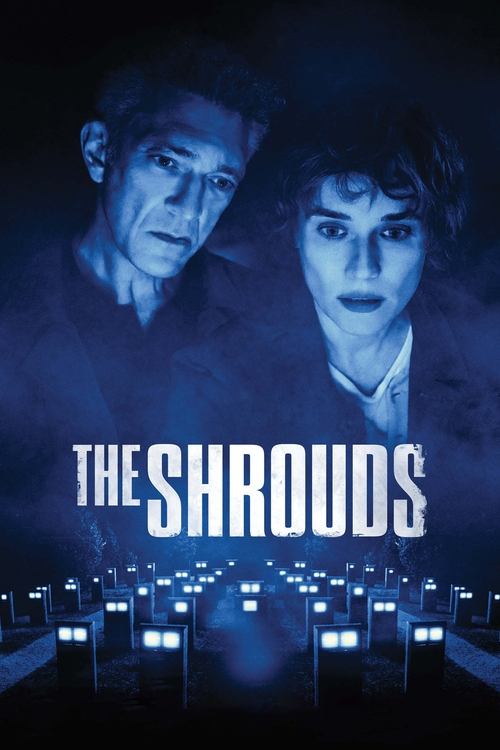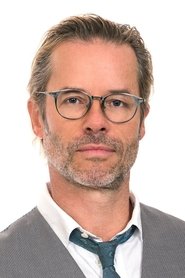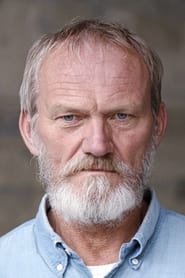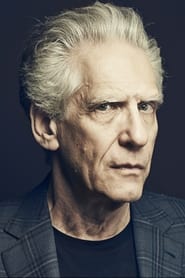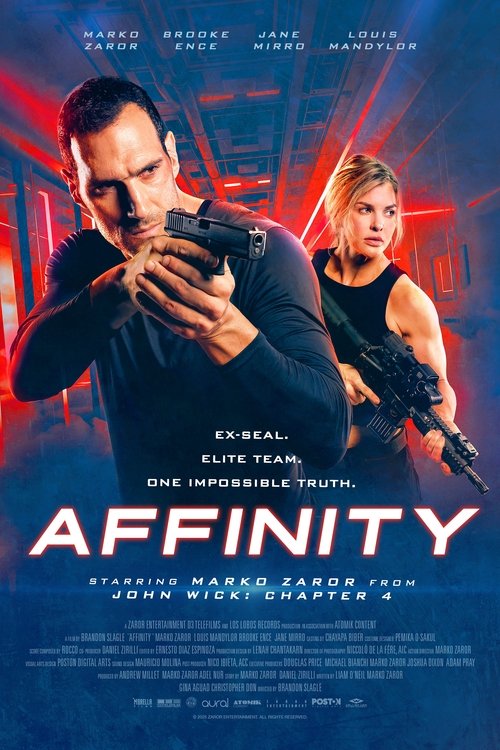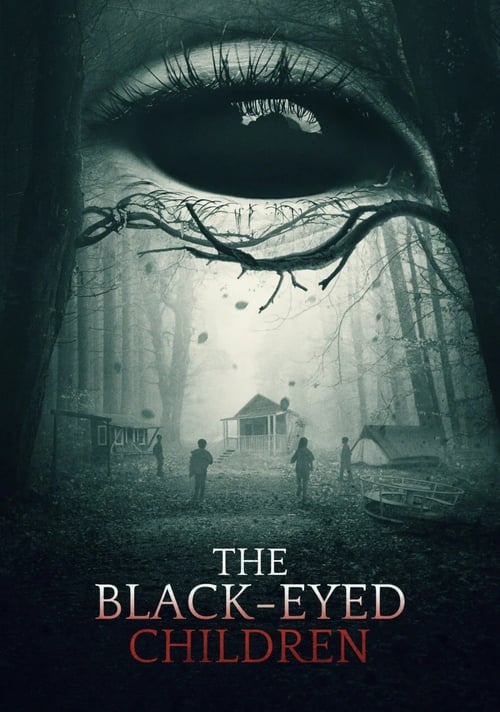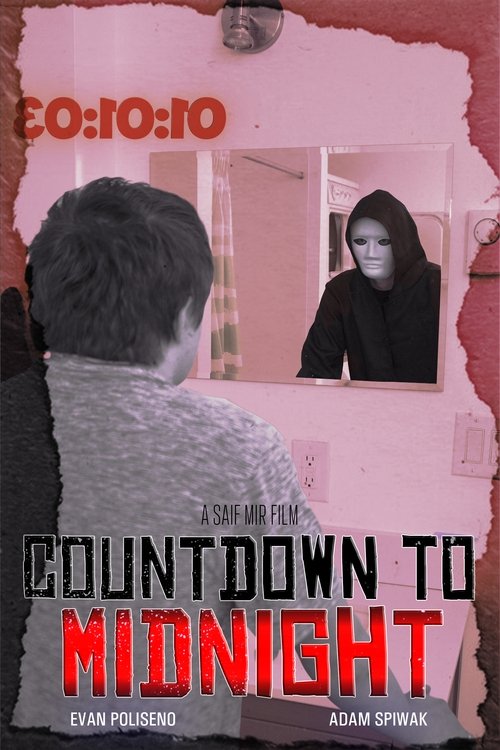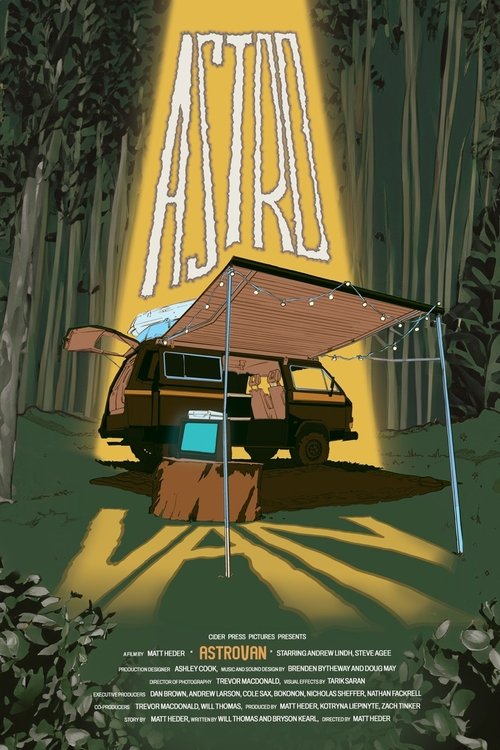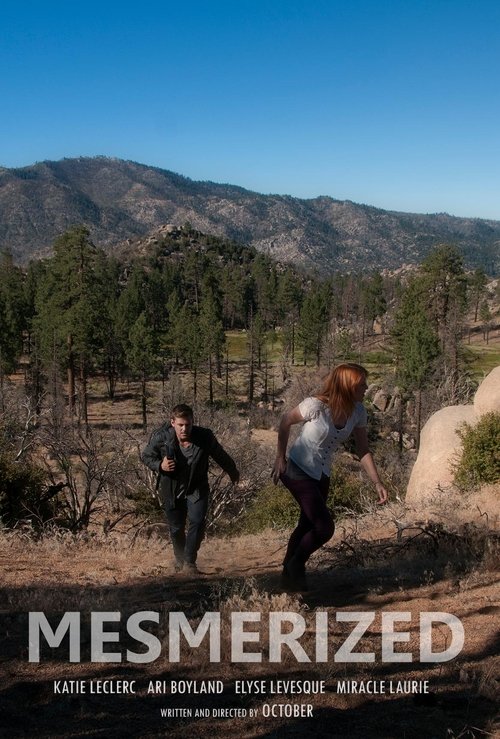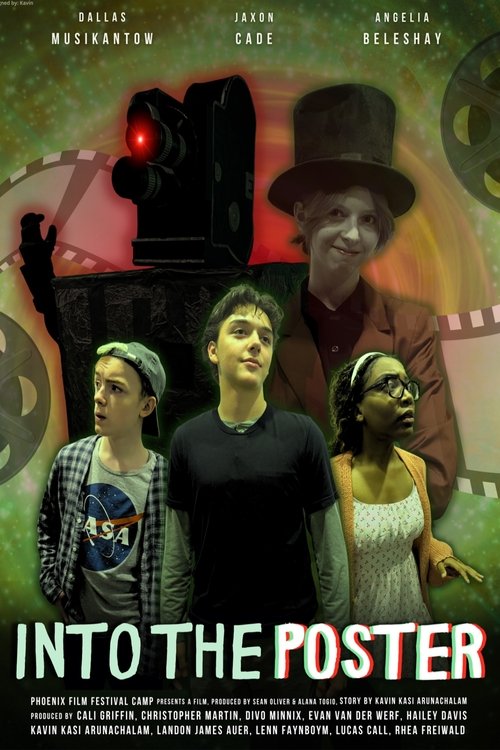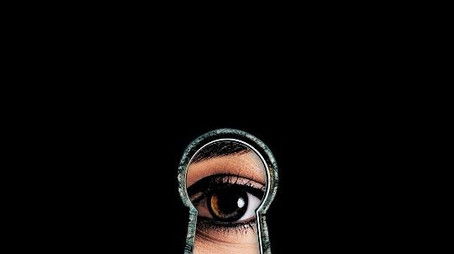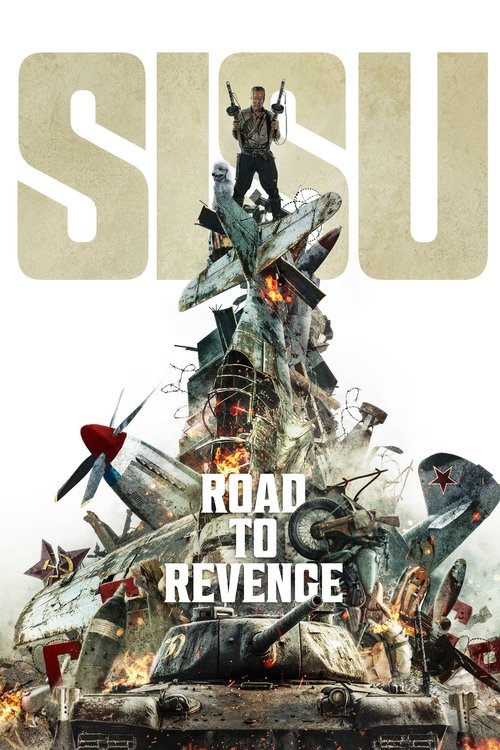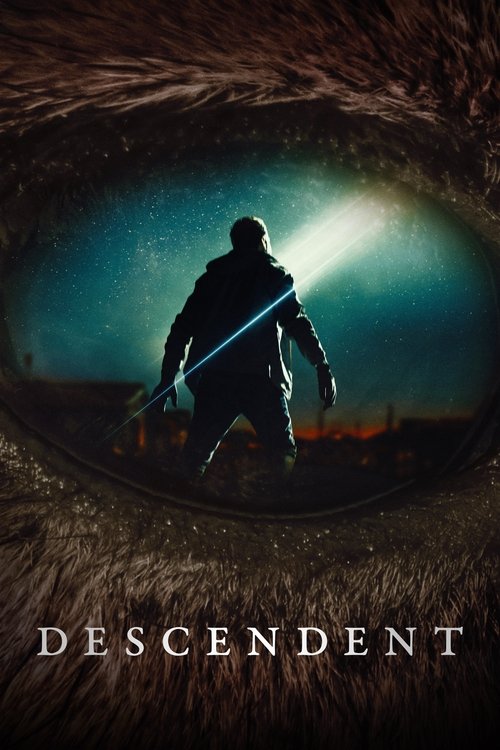
Ask Your Own Question
What is the plot?
Four years after his wife Becca dies of cancer, entrepreneur Karsh stands as the architect of an unusual funerary invention: GraveTech, a headstone system that projects a live, interactive three-dimensional apparition of a deceased person's decaying corpse. He conceives the image by adapting a burial shroud into a sensor array; when the monument is active it broadcasts a disturbingly realistic, rot-tinged hologram of the dead. Karsh tells colleagues and friends that when his time comes he will be interred beside Becca under one of his own devices. He remains unable to form a new long-term romantic attachment, though he keeps a close, complicated companionship with Becca's identical twin, Terry. Each night he dreams that Becca returns to him from the man who treated her--her former lover, Dr. Jerry Eckler--and those visions grow progressively worse: in dream after dream Becca appears more weakened, her body dismembered, the wounds fresher, and every replay points back to Eckler's medical involvement.
Tension enters his business life when, one morning, several GraveTech monuments across the company cemetery lie smashed and splintered. Becca's own shroud is vandalized, and the network that runs the interactive images is rendered unreadable by encryption. Hackers lock the system and mourners cannot summon the spectral displays. Karsh summons Maury, Terry's ex-husband, who originally wrote the security framework for GraveTech and who also designed a virtual assistant in Becca's likeness named Hunny. Maury begins an audit of log files and traces of the breach. At first he reports that the intrusion appears to originate from Iceland, a market Karsh has been courting for expansion. Maury pulls screenshots of Becca's projected corpse and, while inspecting the imagery, notices peculiar protrusions on her bones. Karsh insists those irregularities came from her cancer and the ravages of treatment.
As the technical investigation crawls forward, Karsh meets Soo-Min, a blind woman married to a CEO who is interested in underwriting a GraveTech installation in Budapest. Soo-Min approaches him forcefully and seductively; they begin an affair, and Karsh starts sleeping with her while negotiating the potential overseas deal. Back home, Karsh grows closer to Terry. Their closeness lapses into a sexual relationship, and Terry listens with evident arousal as he recounts his clandestine nights with Soo-Min and admits his mounting obsession with the conspiracy that now surrounds his cemetery technology.
Maury's initial claim that the hack comes from Iceland shifts after further forensic work: he discovers the Icelandic trail is a false lead and that the ruined headstones all had their data lines physically tampered with, the cabling bugged in ways that suggest insider access. The GraveTech network stays offline for a stretch until Maury begins to patch weaknesses, and during that time Soo-Min confides to Karsh that Hunny's code has proven unstable. She warns him that the AI, modeled on Becca, is not merely malfunctioning but has started to manifest grotesque permutations of her image. In live, unrehearsed moments, Hunny begins to take on a naked, mutilated form of Becca, addressing Karsh with vicious, intimate taunts that compare him unfavorably to Eckler and mock his sexual prowess.
Terry hands Karsh a covert video she took of Maury in which his long-simmering jealousy toward Karsh appears plainly. In the footage Maury's old schizophrenia reemerges; he speaks erratically about control and alludes to having command over Hunny. Maury implies, without stating it outright, that he may have been responsible for at least part of the sabotage. Karsh confronts Maury and the two meet in a stand of trees outside town. Maury reaches into his jacket and reveals a bandaged hand; when he loosens the wraps Karsh sees that two fingers are missing and the flesh around the wound is torn and dark. Maury explains, haltingly, that he contracted with a pair of Russian hackers who were supposed to seize GraveTech's network on his behalf. That operation, he claims, convinced a separate group -- investors with ties to an operation working under the Chinese Communist Party who had tapped the physical data lines -- that Maury could function as a mole inside Karsh's company. Maury says the investors then captured and tortured him to extract information about the Russian "operation," leaving him mutilated. He displays the injured hand as evidence of the cruelty he endured, asserting that he sacrificed his fingers in the course of manipulating the hack. Terry later tells Karsh that Maury has told a different story to others -- that he lost those fingers years earlier in high school -- and that he hides the true origin of the injury from most people.
While Maury pleads his case and Karsh struggles to parse truth from fabrication, the GraveTech network is slowly brought back online and the shattered monuments are repaired. Karsh takes the repaired images and again subjects Becca's projected skeleton to scrutiny. He commissions a pathologist who examines the physical remains and the unusual bone growths that Maury first noticed in the screenshots. The doctor tells Karsh plainly that the protrusions are not the result of cancer: they are artificial. The revelation ripples through Karsh--components of Becca's bones have been altered; something foreign was attached to her skeleton post-mortem or during treatment. When Karsh replays old dreams and clinical notes in his head, the possibility that Becca's body was manipulated becomes a concrete, physical fact rather than a paranoid thought.
Karsh goes back to the cemetery to check the plots himself. With a spade and a flashlight he begins to dig in the grave he has reserved beside Becca's. Dirt comes away in clods, and when his hand strikes fabric he pulls up soil-stained clothing and then a body. The face is familiar: Dr. Jerry Eckler lies uncovered, dead and buried in the space beside Becca. The corpse bears the marks of homicide--lifeless, concealed under earth, removed from its place above ground and hidden where Karsh had expected only the woman he loved. Karsh hauls Eckler free and lays the body on the grass. There are no bystanders to speak authoritatively about the crime; Karsh can see only that Eckler has been killed and that someone placed him in the grave next to Becca. The film provides no scene of the killer at work. Who struck the fatal blows is not revealed; police procedures are not shown, and no confession appears on screen. Terry stands over the unearthed corpse and theorizes aloud about possible sequences of events and motives that might explain how Eckler ended up in that pit.
In the unsettling quiet afterward Karsh tries on dark humor to deflect the horror. He half-jokes to Terry that he might have hired a hitman to dispatch Eckler and bury him beside Becca. The comment lands oddly; rather than recoiling she reacts with arousal. Terry's face flushes and she becomes stirred by the thought of Karsh asserting such extreme control over events that he would orchestrate a murder at the margins of his grief. The atmosphere between them snaps taut; Karsh perceives that the discovery of Eckler's corpse has altered Terry's feelings and that, perversely, Becca's grave now hosts company.
Convinced that Becca at last has a companion in death, Karsh decides to relinquish his own reserved plot beside her. He makes a choice to leave his physical claim to the cemetery and instead accepts a different promise of eternal companionship. He boards a private jet with Soo-Min bound for Budapest, where her husband's company will sponsor a GraveTech installation in a new cemetery. On the airplane, the two of them kiss. Soo-Min's hands rest against Karsh's cheek and she pulls him close; in the cramped, pressurized cabin she leans in and speaks. As their lips meet, Karsh sees the woman in Soo-Min's face shift and morph: her features slide and reform into Becca's visage, and the same surgical scars and strange marks that he has associated with Becca's illness and the subsequent anomalies appear across Soo-Min's skin. The voice that speaks from that altered mouth is Becca's voice. Hunny, the Becca model Maury created and the code that has behaved unpredictably, seems to manifest off the network; the spectral Becca offers Karsh a strange bargain. She says she will be buried with him in Budapest and proposes to share eternity at his side under the foreign headstone.
Karsh hears her offer and, in a moment that folds grief, desire, guilt, and a hunger for connection into a single decision, he accepts. He does not mount an investigation into the murder on screen, nor does the narrative show law enforcement identifying Eckler's killer. The camera catches only the two of them on the plane as Karsh nods and closes his eyes; Soo-Min's lips meet his again, and the image of Becca's scarred face lingers on Karsh's vision as the jet roars toward Europe. The final image fixes on Karsh as he sits with Soo-Min--now speaking in Becca's tones--and willingly moves toward the burial arrangement in Budapest, leaving his original grave and the unanswered questions about Eckler's death behind him.
What is the ending?
The ending of The Shrouds (2025) shows Karsh, the grieving widower and inventor of GraveTech, confronting the full reality of his loss as the technology meant to keep him connected to his late wife Becca ultimately reveals the inevitability of death and decay. Despite all his efforts to control and observe Becca's decomposition through the interactive 3D shroud, he cannot escape the emotional and physical finality. The hackers' attack on the GraveTech network destroys the interactivity and access to the shrouds, severing his last link to her. In the closing moments, Karsh faces his grief more honestly, accepting that love and loss are intertwined and that obsession cannot replace genuine human connection.
Expanding on the ending scene by scene:
The film's final act begins with Karsh grappling with the aftermath of a coordinated attack on GraveTech's cemetery. Several shrouds, including Becca's, have been vandalized, and the entire digital network is encrypted and rendered unusable by hackers originating from Iceland. This event removes Karsh's ability to watch the live decomposition of Becca's body, a ritual that has kept him tethered to her memory. The destruction of the technology is a decisive moment that forces Karsh to confront the limits of his obsession and the futility of trying to control death through technology.
Karsh, already isolated by his inability to move on emotionally, is unable to find solace even in his complex friendship with Terry, Becca's identical twin sister. Throughout the film, Terry serves as a mirror to Karsh's grief, showing parallel struggles with loss, but the ending underscores their separate paths as Karsh steps away from the technological illusion. Maury, Terry's ex-husband and a digital expert who contributed to GraveTech's development, struggles alongside Karsh to find answers about the attacks and the strange abnormalities in Becca's bones that Karsh had noticed, which he initially attributed to cancer. These discoveries deepen the mystery but ultimately highlight Karsh's denial and distorted view of Becca's death.
In the film's closing scenes, Karsh encounters Soo-Min, the blind wife of a potential GraveTech sponsor in Budapest, with whom he has a complicated relationship. Despite this human connection, Karsh remains haunted by visions--or perhaps hallucinations--of Becca growing weaker and more physically diminished over time. These appearances blur the lines between memory and reality, emphasizing his desperate grasp on the past.
The finale strips away the layers of conspiracy, technological intrigue, and obsession to reveal Karsh alone facing the truth: that grief is a corrosive force that cannot be technologized or circumvented. The final moments are quiet and somber, with Karsh's acceptance silent but profound--he must live with loss rather than trying to digitally resurrect what is irretrievably gone. The film closes on this note of stark human vulnerability, underscoring the themes of mortality, love, and the impossibility of clinging to death through technology.
Overall, the ending portrays Karsh's journey from technological control and denial to an acceptance of grief's raw reality, using the shrouds not as a comfort but as a mirror reflecting the transient and fragile nature of life itself.
Is there a post-credit scene?
The movie "The Shrouds" (2025), directed by David Cronenberg, does not have a post-credit scene. According to a detailed source on after-credits content, there are no extras or scenes during or after the credits for this film ("Are There Any Extras After The Credits? No") .
This means that once the credits finish rolling, the audience is not presented with any additional footage, teasers, or scenes related to the story or potential sequels.
What are the main themes explored in the story of The Shrouds?
The Shrouds explores themes of grief and obsession, particularly how the protagonist Karsh deals with the death of his wife by creating technology to observe the decomposition of the dead. It also delves into issues of privacy, ownership of one's body after death, and the intersection of technology with mortality and capitalism.
How does the technology called GraveTech function within the story?
GraveTech is a tombstone technology that broadcasts a live, interactive 3D image of a deceased person's decomposing corpse, created by a modified burial shroud. It allows the bereaved to watch the gradual decay of their loved ones through an encrypted app, effectively creating a virtual cemetery experience.
What role do the characters Terry and Maury play in the narrative?
Terry is Becca's identical sister and a close friend to Karsh, witnessing his grief journey while managing her own struggles. Maury, Terry's ex-husband and a digital expert, coded GraveTech's security and created a virtual assistant named Hunny for Karsh. He investigates the hacking of the GraveTech network and becomes involved in uncovering conspiracies related to the technology.
What role does Karsh's invention, the shroud technology, play in the story?
Karsh invents a revolutionary shroud technology through his company GraveTech that allows the living to view the gradual decay of their deceased loved ones via an encrypted app, which is central to the plot and the unfolding of various conflicts including grave desecrations and hacking incidents.
How are the characters Becca and Terry connected, and what roles do they play?
Becca is Karsh's late wife who appears in hallucination-like scenes, while Terry is Becca's sibling, a veterinarian turned dog groomer, who witnesses Karsh's grief journey and deals with her own struggles.
Is this family friendly?
The 2025 film The Shrouds is not family-friendly and is rated R, primarily due to strong sexual content and disturbing themes related to death and decay. It explores deeply unsettling subjects such as grief, mortality, and the voyeuristic impulse to watch the dead decompose using a high-tech burial shroud covered in tiny cameras.
For children or sensitive viewers, the potentially objectionable or upsetting scenes include:
- Graphic imagery of human decomposition and graveyard vandalism.
- Sexual content, including explicit scenes involving the protagonist and visions of his deceased wife.
- Themes of death and mourning depicted in a raw, intense manner that might be emotionally heavy.
- References to body horror, such as severed limbs and surgical imagery, consistent with director David Cronenberg's style.
- A generally dark and eerie tone, with discussions around mortality and existential dread.
Because of these mature themes and graphic content, this film is best suited for adult audiences and is not appropriate for children or viewers sensitive to disturbing material.
Does the dog die?
For the movie titled The Shrouds produced in 2025, there is no indication in any available information that a dog dies in the film. The plot centers on Karsh and his invention of GraveTech, a technology that broadcasts the decomposing image of the deceased, primarily focusing on his grief over his wife Becca. The main supporting characters include Becca's sister Terry, who is a veterinarian turned dog groomer, but nothing in the plot or reviews mentions the death of a dog or any animal death as a significant event in the movie.
Additionally, specific searches about whether a dog dies relate to other movies but not The Shrouds. Therefore, based on the current data, the dog does not die in The Shrouds (2025).

